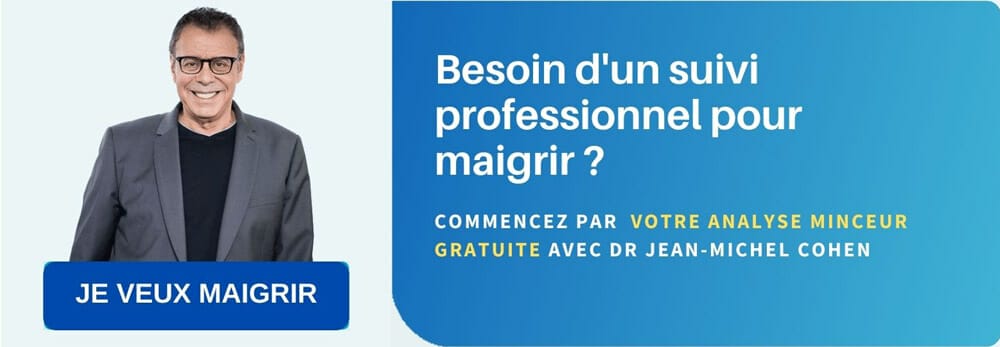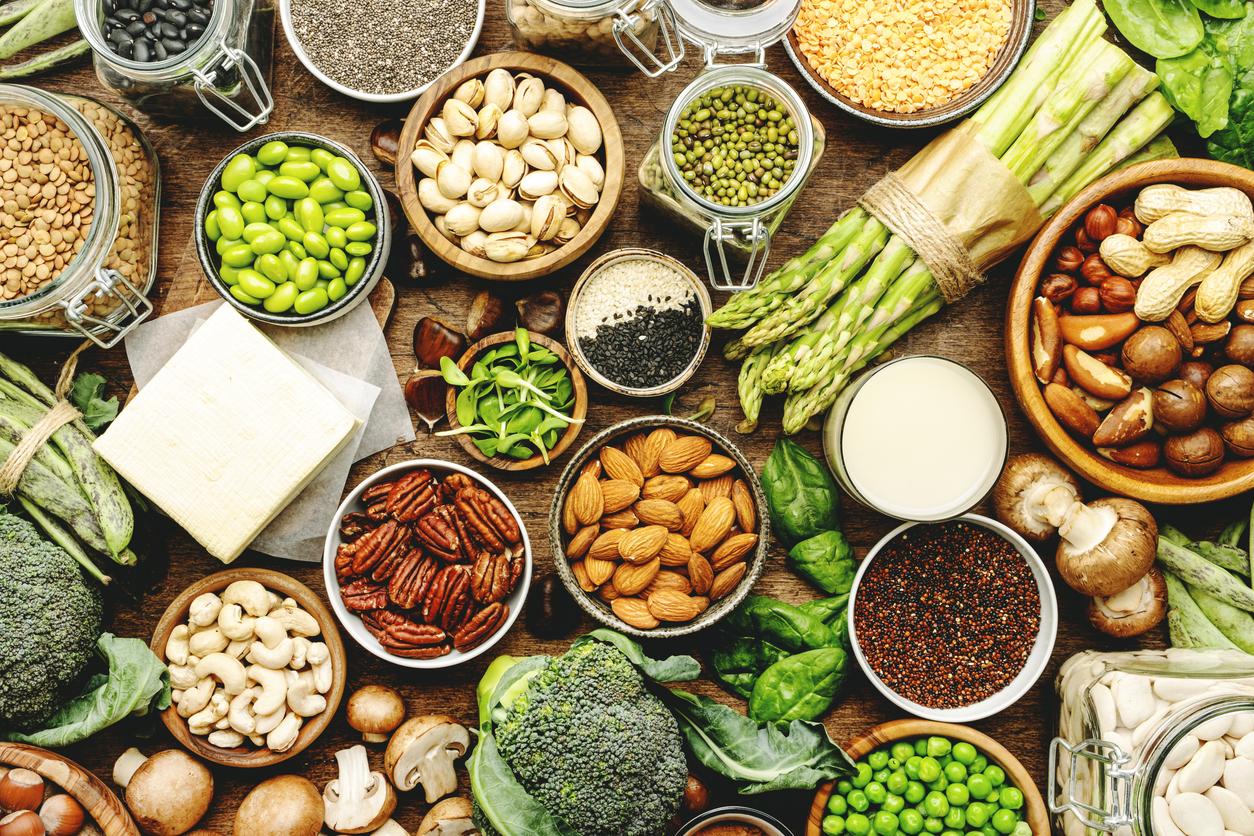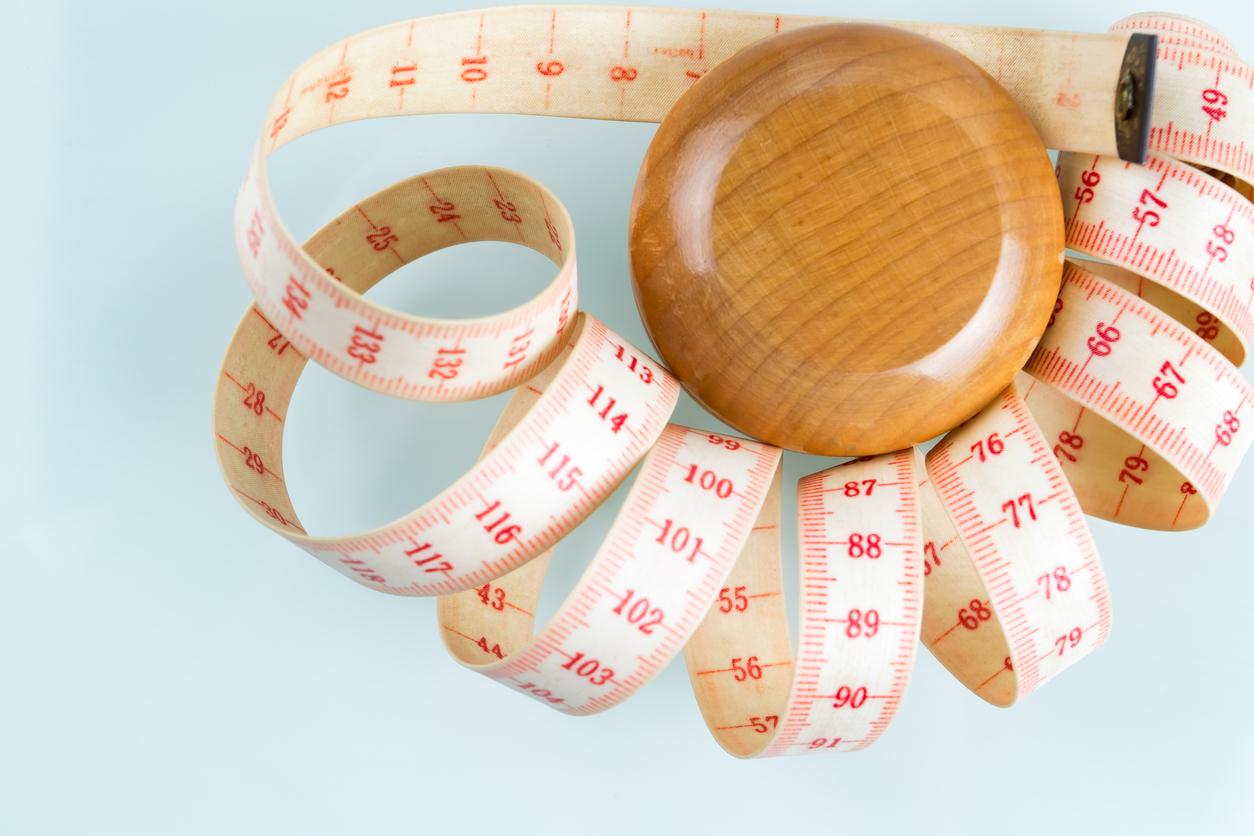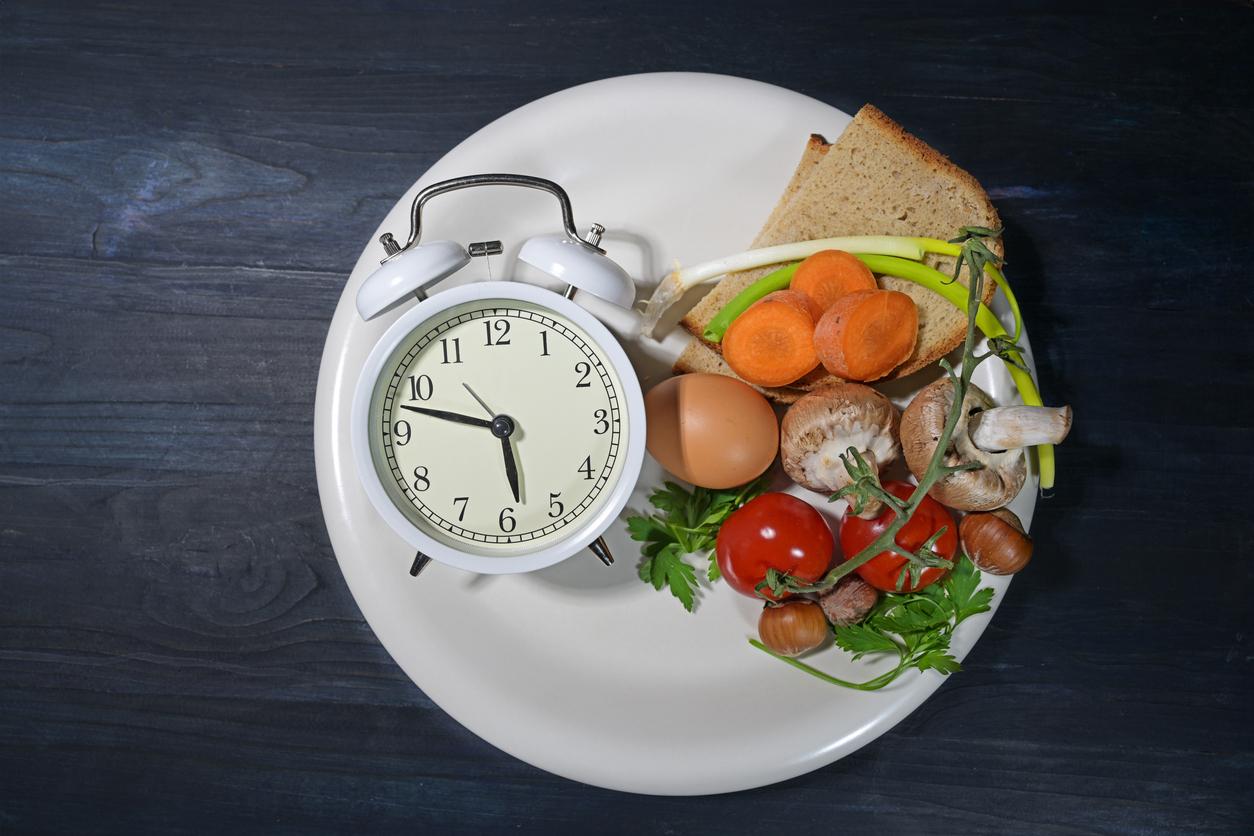
What an entire Brabant village can…
Many books are published about healthy nutrition and lifestyle. Dietician Mary Stottelaar reads and assesses them for Health Net in this section. The compilers of the book ‘From GezondDorp to GezondLand’ sent their book to read.
Publisher:
Author:
Hans van Kuijk, Norbert van den Hurk, Sanne van der Zanden, Cora Hoskens
Year of publication:
Price:
€ 20.00
ISBN:
978 9492537102
Number of pages:
216
Who is this book for?
For anyone who wants to live a healthier life in order to prevent obesity, medication, high blood pressure, high blood sugars and disturbed fat ratios in the blood. Based on the story of the Brabant village of Leende, where the population started working together on a healthier diet, you will receive advice, tips and recipes for a low-carbohydrate diet.
First impression
Clear and well-arranged layout with many frames, photos and illustrations. One chapter consists of interviews with participants in the so-called GezondDorp project and with entrepreneurs from the village who have responded by changing their assortment, for example. About half of the book is recipes, all with a tasty photo, and there’s an extensive list of items you can, in moderation, or not eat. The book ends with impressive graphs about the results achieved in the village of Leende: how many people have lost weight (an average of 4.3 kilos in 6 months), and how much less medication is used (a quarter of the blood pressure medication was phased out and the cholesterol-lowering medication has been reduced by half).
What do we know about the authors?
Hans van Kuijk is a sports doctor and the founder of GezondDorp. He soon managed to convince GP Norbert van den Hurk to participate. In the small community that is their village Leende, it should not be possible to do something about the high percentage of overweight? Co-author Sanne van de Zanden is project manager of GezondDorp and a participant in GezondDorp herself. Finally, Cora Hoskens is a blogger of the website Keto and stuff. She provides the low-carb advice in the book, which is based on the Real Meal Revolution of Prof. Tim Noakes, one of the great champions of a low-carbohydrate, high-fat diet.
What’s New About This Diet Book?
The special thing about this book is the enormous motivating power it exudes. If it is possible for an entire village to lose weight and reduce drug use, in short to become healthier, then it should also be possible for others. This book describes the advice the participants received. And that has been translated into lists of products that you can eat (green list), products that you no longer eat (red lists divided into light and dark red) and products that you have to think about whether you can eat them (orange lists). , divided into a and b). The color coding (green or orange) is also included with the recipes in the book.
Read on
If you are going to follow this book, there are different phases that you go through: four phases of which the first 3 become increasingly strict. You are going to cut more and more products with carbohydrates from your diet. In phase 1 you eat everything, but your goal is awareness of what you eat. In phase 2 you delete all ready-to-eat products, all products with sugar, all grain products, dried fruits, juices, smoothies and chocolate (the red lists). In phase 3, many fresh fruits are not recommended. Legumes, peanuts and coffee and tea with caffeine are also no longer allowed (orange list b). Moreover, in this phase you only choose 1 product per day from the orange list a. That means, for example, that you choose either some red fruit or a small handful of nuts. You choose a little dairy or some soft cheese. What remains to eat is mainly vegetables, meat, fish, eggs, hard cheeses, seeds, kernels and fats such as olive oil and butter. You are then on a very strict carbohydrate restriction. If you have achieved your goal (for example, sufficient weight loss or less belly size) you will eventually eat according to phase 4. Here you can choose again without limitation from the orange lists. However, the red list of grain products, sugar-containing products and ready-to-eat products remain a no-go area. In the interviews with the participants you read that it is sometimes difficult, but that it is easy to sustain and produces results.
What can you do with it in practice?
If you want to get started on a strict low-carb diet and want a handy guideline and recipes, this book is for you. The lists of do’s and don’ts are clear. Please note: this is a very strict carbohydrate restriction that is also called the keto diet. This diet is not suitable for everyone, especially if you have diabetes, cardiovascular disease and kidney or liver problems, always consult your doctor first. The recipes in the book are all quite easy to make and they look tasty. This book also makes it clear that working together is a good method to stay motivated. Keep in mind that the participants of GezondDorp were supervised. Doing it alone requires a lot from yourself, guidance is always better.
What does the dietitian think of the diet – does it really help?
The low-carbohydrate diet is receiving a lot of attention and many studies indicate that it is a suitable way to lose weight and to reduce drug use in type 2 diabetes. In principle, this is an excellent plan, but do so under the supervision of a dietitian. Always consult your doctor first whether you can follow such a strict carbohydrate-restricted, high-fat diet. In any case, do not follow the diet on your own for too long because it is not complete, especially in the long term. Those who eat low-carbohydrate for a longer period of time often need supplements of certain vitamins and minerals because they are insufficiently present in the diet (think of iodine, folic acid and magnesium). In the book they solve this by regularly recommending organ meats, but the question is who actually eats that tin in practice. Finally, I think that in the lists of what is allowed there is a lot of emphasis on coconut products (and they are not necessarily so healthy). And in the red list, gluten-containing grains such as wheat are prohibited. This suggests that gluten plays a role in the effect of this diet. But that is absolutely not the case. This is confusing. And if you are a vegetarian or vegan, you will not be able to cope with this diet unless you ask a dietician for a personal adjustment. Otherwise there will be very little left to eat, which calls for shortages.
Judgment in stars: ★★★☆☆
Pros
- Tasty recipes and beautiful photography
- 4 phases of which a stabilization phase
- Clear lists of what you can and cannot eat
Negatives
- strict diet
- Difficult to do on your own, guidance is needed
- Long-term risk of shortages













